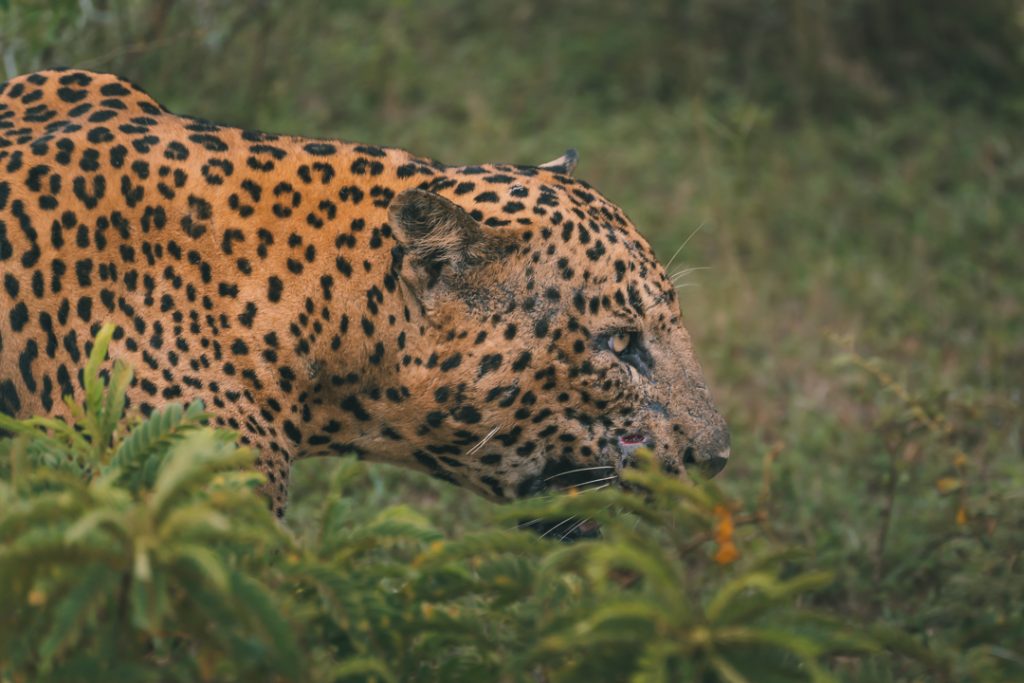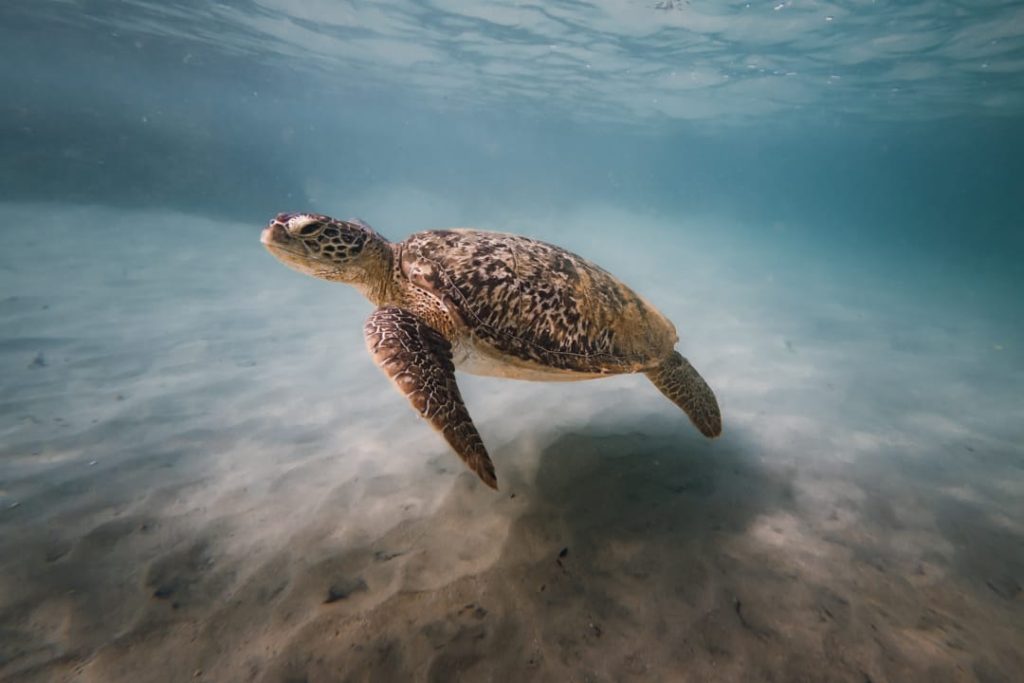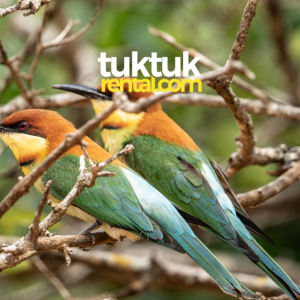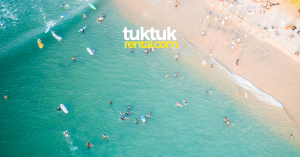
Sri Lanka, the teardrop shaped island may be tiny in size, but packs a punch with the incredible diversity in its wildlife, with over 20 national parks, as well as rich marine life. You can spot the largest land animals like elephants, as well as blue whales in the ocean. There is also a prolific bird population including migratory birds, In general the best time to visit the southern parks is between Dec and August. The northern parks are best between January and April or May and August.
Lounge with the big mammals in Yala National Park (Leopards, Elephants, Crocodiles)
Yala, on the south east coast, has the highest density of leopards in the world, and also Asian elephants, sloth bears, spotted deer, crocodiles and over 200 species of birds. Sprawling over open grasslands and dry woodland, with flooded lagoons and sand dunes, Yala National Park offers private jeep safaris and guides. Yala also has a wide range of places to stay from Jetwing Yala to the luxurious Wild Coast Tented Camp. It can be visited through the year, except September to October when the park is closed.
Whale spotting in Mirissa
The coast off Mirissa, in the south is home to some of the world’s largest numbers of blue whales as well as bottlenose and spinner dolphins, sperm whales and spinner whales. Guided boat tours from Mirissa take you out in the open waters, to see the whales sometimes leap out of the water or show their tails as they start to dive. The best season to spot them is from December to April. Avoid fishing boats that offer swimming with the whales, and look for ethical tours that keep a 100 m distance from the whales.
Snorkel to see turtles and fish in Hikkaduwa
The Hikkaduwa National Park in the southern province, is one of Sri Lanka’s two marine national parks. The reefs here offer the most diverse and accessible opportunities for diving and snorkelling, with the main reef in a sheltered lagoon. Snorkel or swim to see 60 varieties of coral, massive sea turtles, green turtles, tropical fish like angel, parrot fish and also blacktip reef sharks. You can also take a glass bottomed boat if you cannot swim.

Go birdwatching at Bundala National Park
Stretching over 20 km of the south coast, this wetland park close to Yala, sprawling over 62 sq km, with shallow lagoons, sand dunes and wetlands, is one of the best places for birdwatching in the country, with more than 200 species of birds, besides the five species of turtles on its beaches. Spot birds like the migratory pink greater flamingo, aquatic birds like the painted stork, Eurasian spoonbills, and ibis, as well as a host of other migratory and endemic birds. You can also see crocodiles and monitor lizards here.

See the gentle giants at Udawalawe National Park
A few hours’ drive from Yala, in the central southern plains is Uda Walawe National Park, situated between the wet and the dry zones, which is an elephant lover’s paradise. It offers jeep safaris with open plains and marshes, leading to the large reservoir. Sri Lanka is famous for its herds of wild Asian elephants and this national park is famous for its large herds of over 700 wild elephants. You can also visit the Elephant Transit Camp here, supported by the Born Free Foundation, that rehabilitates injured and orphaned elephants and bottle feeds them thrice a day. December to March is the best time to visit, as the animals come out to drink and bathe in the water bodies.
Get a glimpse into the country’s biodiversity at Hortons Plains National Park
Up in the hills, the Hortons Plains, with a patchwork of cloud forests, waterfalls and lakes is a UNESCO heritage site, 185 km from Colombo. With the breathtaking viewpoint called the World’s End precipice,this is a stunning part of the country. Nicknamed ‘Little England’, the park is the source of three of the country’s rivers, and has a flourishing flora, fauna and wildlife. It is frequented by a vast variety of migratory birds. as well as elk deer, slender lorries, giant squirrel wild hare, porcupine and leopards. Stay at the colonial tea planters town of Nuwara Eliya, which is the best base for visiting Horton.

See sloth bears at Wilpattu
Wilpattu, Sri Lanka’s largest national park, near Anuradhapura, dotted with natural, sand-rimmed water basins called willus, located in the northwest coast, provides a home for many animals including leopards. However sloth bear sightings are the best here, especially in May and June with fruiting palu trees attracting the bears. These elusive and shy animals feed on berries and termites, and can be seen roaming in the park.
Catch the flamingos in Jaffna
Between September and March, thousands of greater flamingos in beautiful hues, and a host of other migratory birds, flock to the lagoons of Jaffna, in the north. The paddy fields are lush green and the lagoons are brimming with water which attracts a variety of birds. Chundikkulam National park situated in the Jaffna and Kilinochchi district, partly surrounded by mangrove swamps and seagrass beds, is a great place to see the flamingos. The Chundikkulam Lagoon in the park, is surrounded by salt marshes, mangroves, and grasslands. You can spot flamingos, painted storks, pelicans, and Eurasian pigeons, making it a paradise for birdwatchers.
You might also consider downloading the Tuktukrental Travel App. It features offline maps, offbeat recommendations and even helps fellow tuktuk-ers on the road connect for information or just a few post drive beers – or the local Sri Lankan arrack if you are feeling adventurous!



